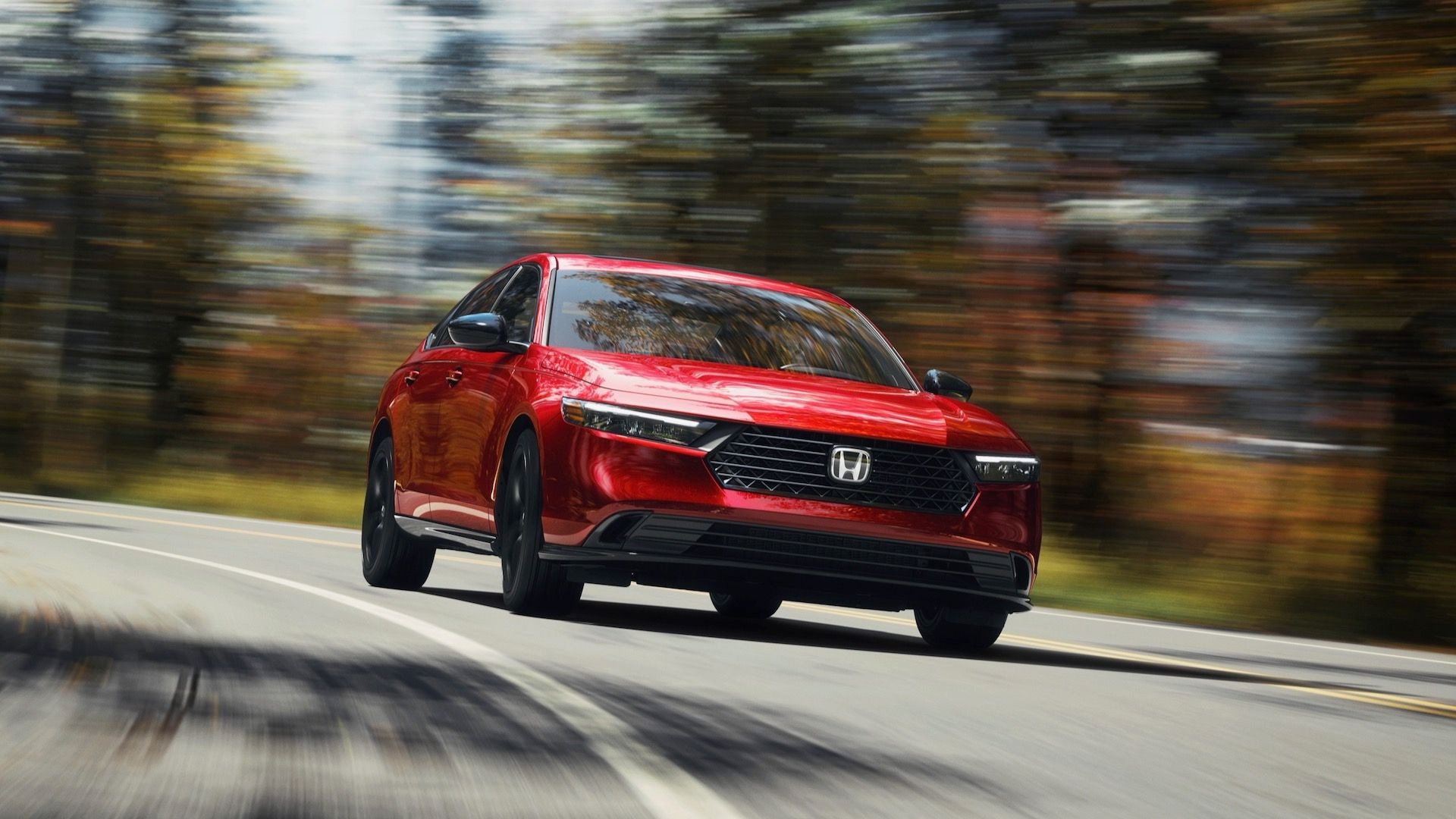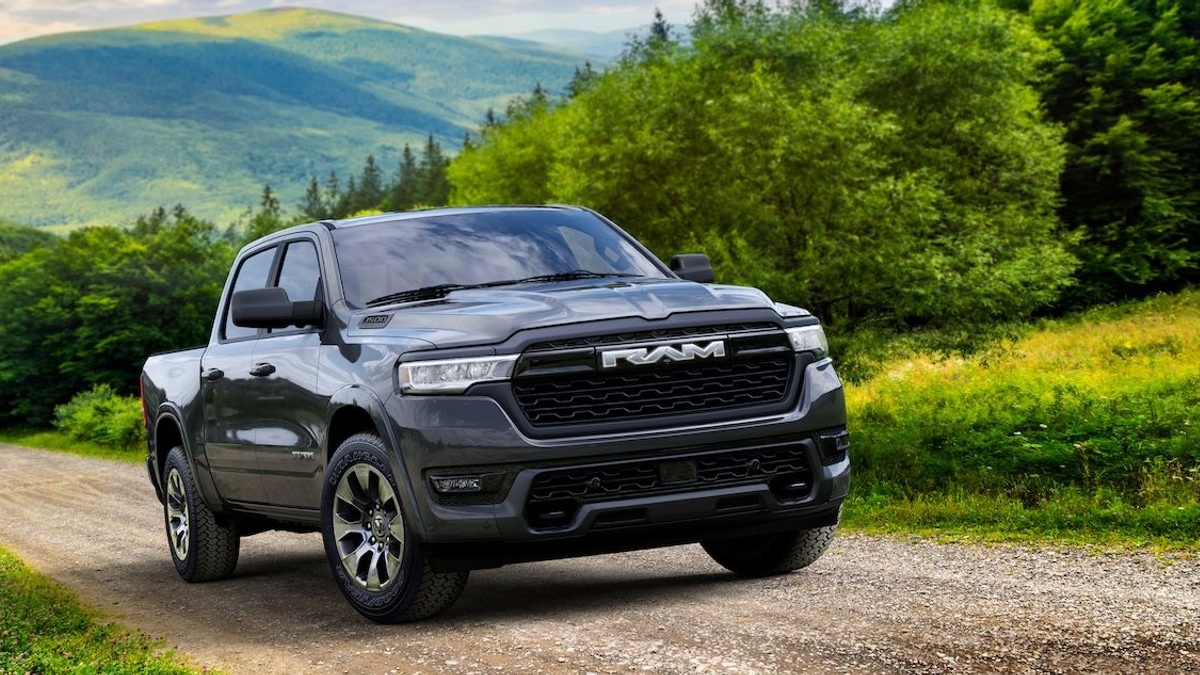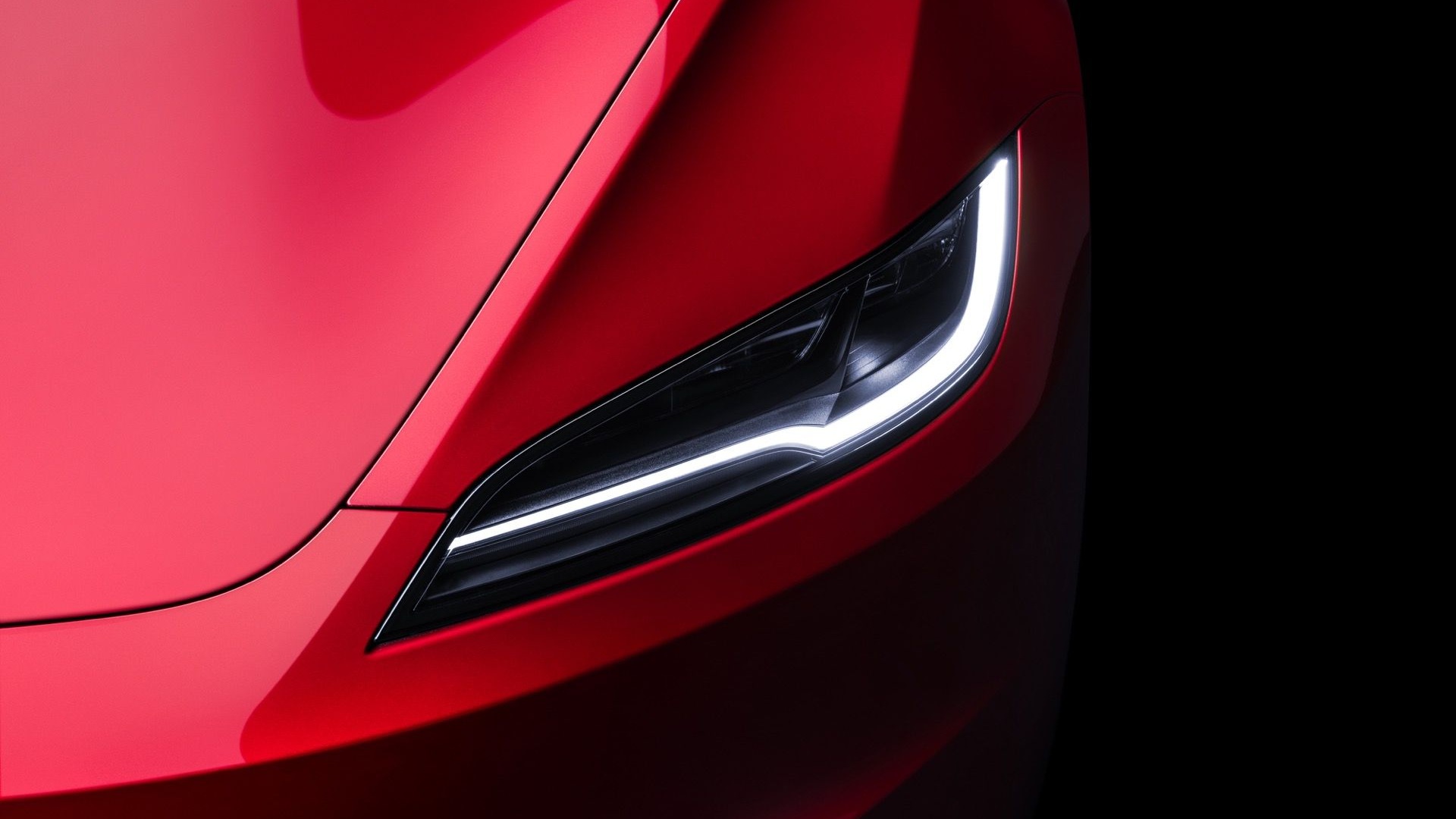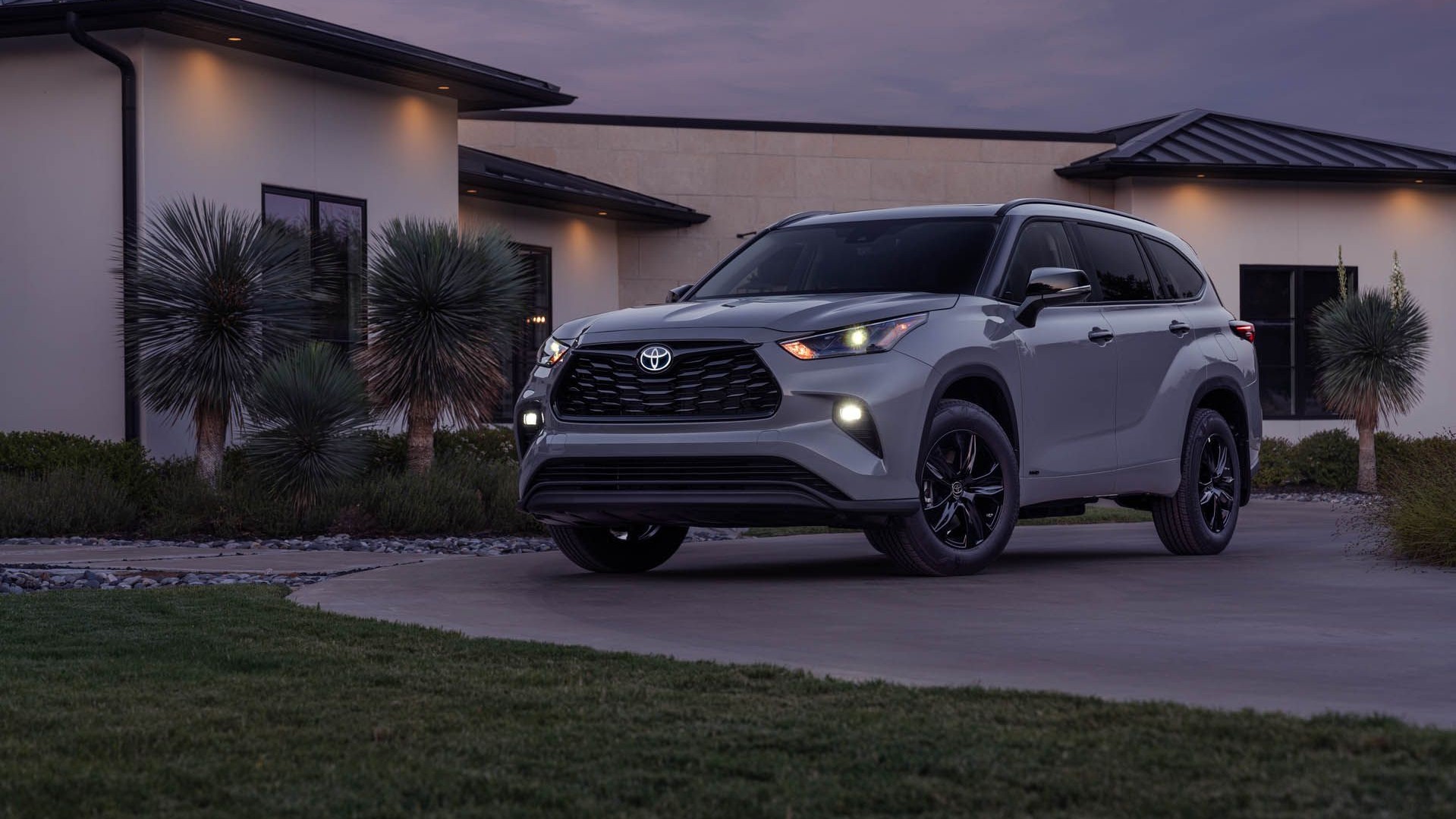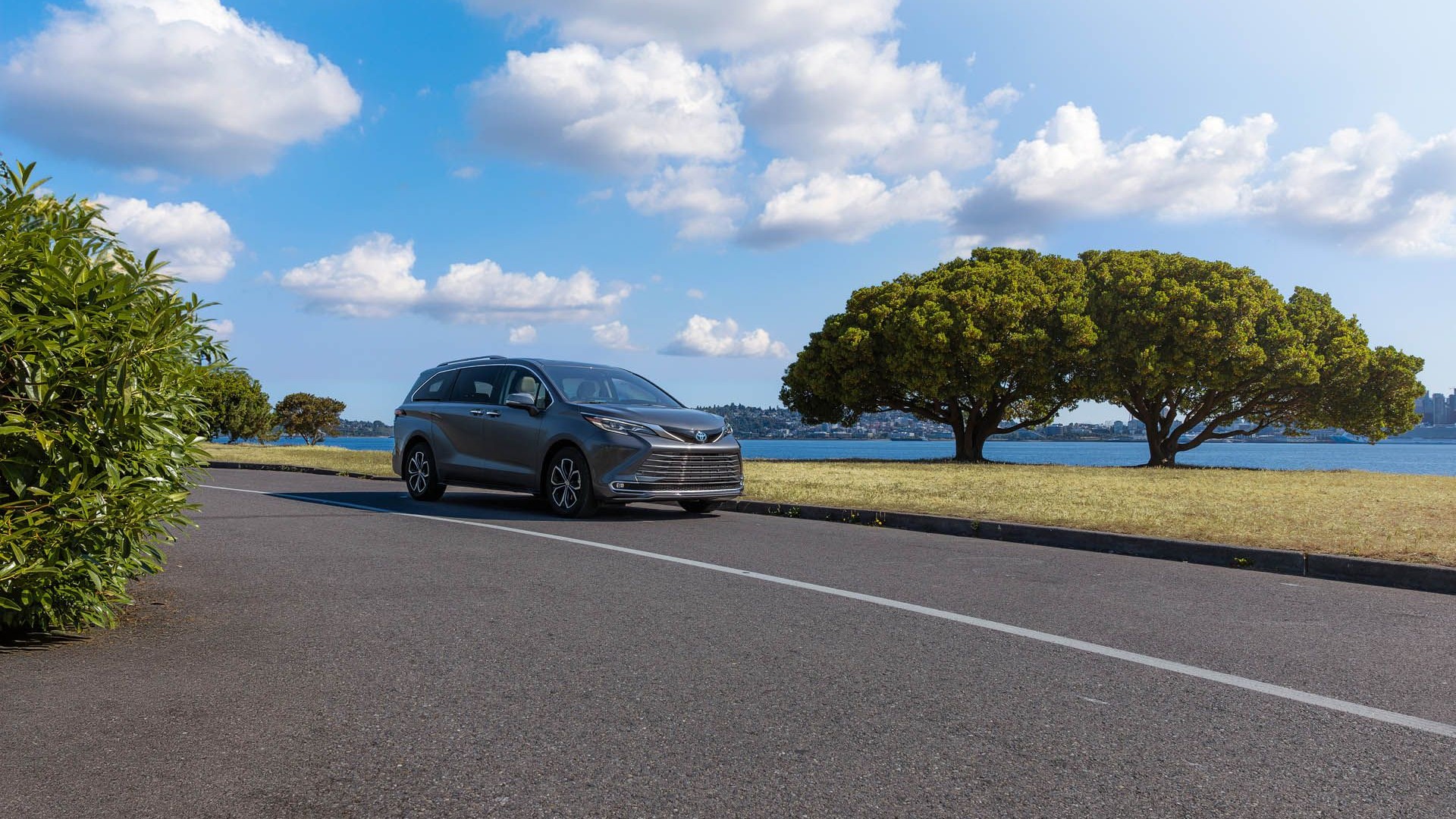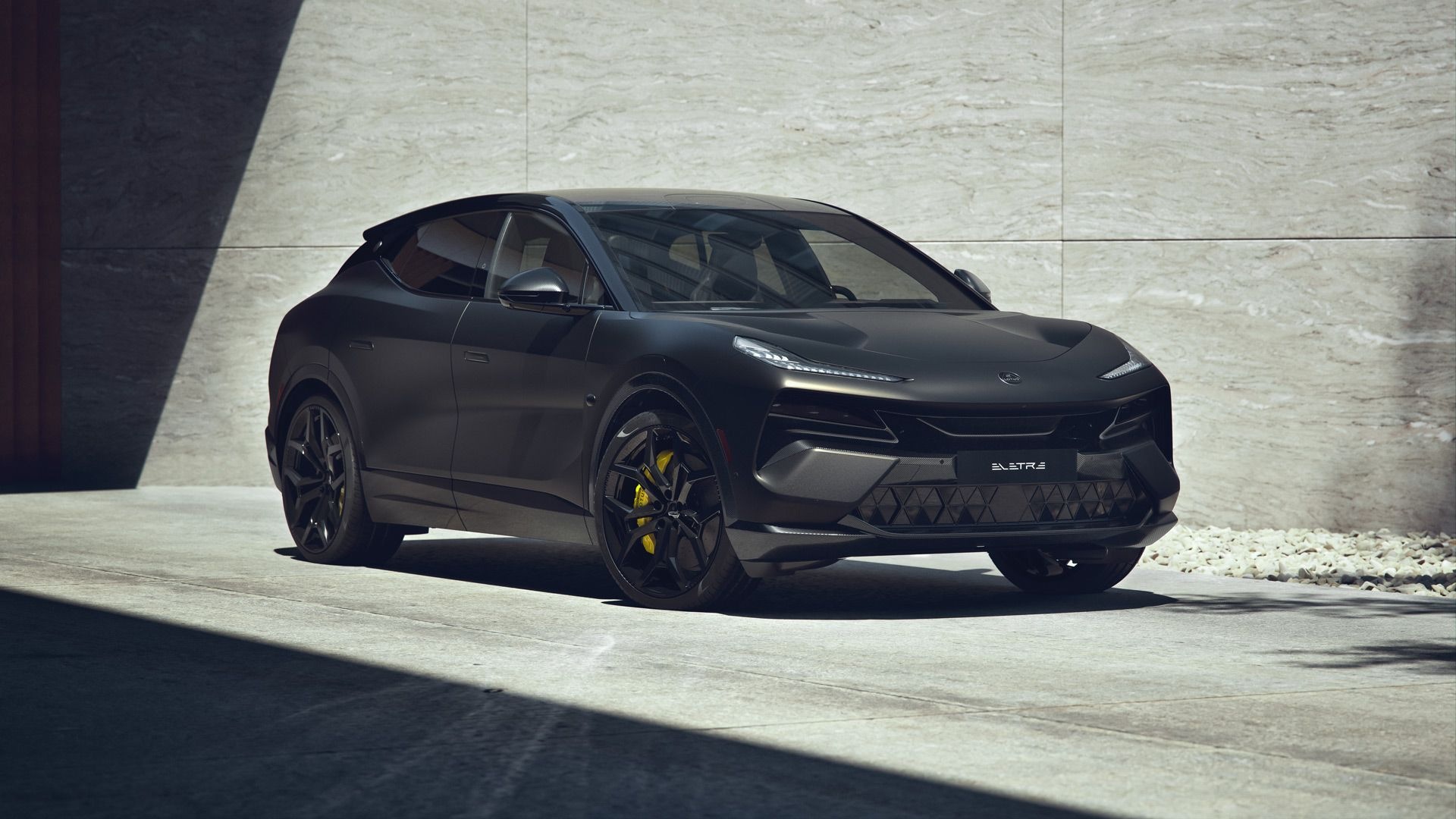- EVs with 300 lb-ft of torque or more are associated with higher insurance loss
- For a range of popular EVs, this means popular AWD versions
- Higher EV curb weights and torque-to-weight ratio add to the correlation
- This signals insurers need smarter rates that navigate EVs’ different risks
Electric vehicles are so often lauded for their loads of “instant torque” and strong, quick acceleration. Some brands even go so far as to claim quicker EV acceleration adds to safety.
But as a broad analysis of insurance industry data points out, many of those high-output EVs—the popular all-wheel-drive ones—may also be the ones linked to the continued surge in EV insurance costs.

2025 Porsche Taycan Turbo GT Weissach package
“Our data has also shown that the extra torque delivered by the powerful EV motors (is) positively correlated with their loss cost,” said Xiaohui Lu, LexisNexis vice president of global business development, to Green Car Reports.
Specifically, EVs with more than 300 lb-ft of torque correspond with higher insurance loss cost, based on LexisNexis’ internal analysis of insurance claims across EV brands (it declined to say where top-selling EV brand Tesla stands) and across insurers. And factoring in EV curb weight and the correlation between torque-to-weight ratio, the link is even more pronounced.
The data set itself isn’t enough to say whether having so much output and acceleration on tap emboldens drivers and leads to more aggressive driving behaviors, or whether there is anything inherently less safe about high-power EVs.
It's also hard to make a comparison to models in the gasoline-powered fleet, as such vehicles with more than 300 lb-ft of torque are far less statistically common, and they tend to be in niche performance models, so there may as well be a distinct difference in the types of people who are buying them. But apples to apples, gasoline vehicles don't demonstrate such an abrupt risk threshold.

2024 GMC Hummer EV SUV
It’s complicated—not just EV drivers but repair costs and more
Correlation does not imply causation, and insurers will simply need to get a deeper understanding on why high-torque EVs are potentially spiking rates for everyone else.
“While torque contributes to the higher insurance loss cost of electric vehicles, it is important not to view these numbers solely through the lens of torque,” underscored Lu. “For instance, higher torque vehicles often have higher prices, more expensive repair costs, and sometimes even higher daily mileages, all of which are also linked to increased insurance loss costs.”
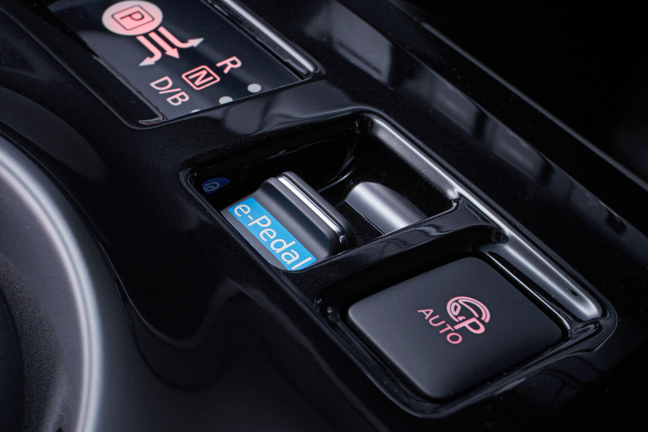
Nissan e-Pedal one-pedal driving mode
The one-pedal driving mode on some EVs is one such example that might conceivably be spurring fender-benders, at least among newbies. “Our data show a distinctive learning curve for the drivers newly switched from ICE vehicles to EVs,” Lu added about risk factors.
According to data from the firm released back in June, EVs cost much more to insure, looking across the board, with a 17% higher claim frequency and 34% higher claim severity versus what it considered to be “traditional segments” of the vehicle market, with both the number of paid claims and the payment amount of claims rising faster than those figures for the market at large.
More EVs in the risk pool didn’t fix things
Some had hypothesized that the relatively small sample set of EVs was part of the problem. But in 2023, U.S. EV sales skyrocketed 54% versus 2022, to 1.4 million, bringing a 40% boost in the overall number of EVs insured—3.9 million vehicles including EVs and PHEVs. And those soaring numbers of EVs in the fleet only extended the trends of higher claims and higher costs.
More involved collision repair for even light EV damage is partly responsible for the higher cost, industry data has shown, as is the higher weight of EVs and corresponding higher levels of vehicle damage—especially to other vehicles.

2024 Tesla Model 3 Performance
Those factors amount to an “escalating profitability challenge” for all EV insurers, according to the firm. As we’ve pointed out recently, the soaring cost of battery replacement may be partly linked to those challenges. And with rates still surging for EVs, it appears smart that Tesla created its own insurance in an effort to keep costs down and competition up.
According to the insurance-funded Highway Loss Data Institute, Teslas don't crash more often than other vehicles, but the consequences are more expensive.
Popular AWD EVs as high-risk?
Lu also emphasizes that its data points out that some EVs do offer lower loss rates and costs, and there are drivers who do use electric propulsion for safer driving, so it’s up to insurers to navigate this new world and come up with smarter, more competitive rates.
All-wheel drive has a reputation for adding safety, but it hasn't proven true in the way it's implemented so far for EVs. Unfortunately, as the data accumulates, that may mean insurers not treating all Model Ys or Ioniq 5s or EV6s the same, and treating the strong-selling, higher-power AWD versions of many popular EVs as higher-risk performance models.

